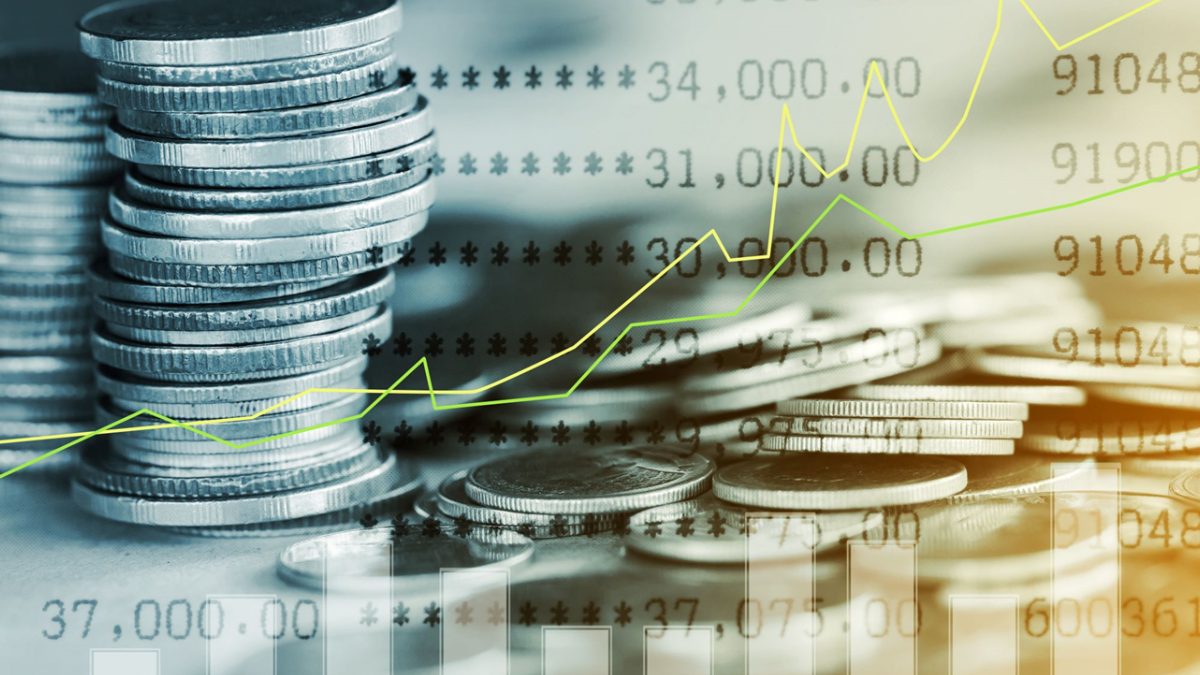In investment circles, silver remains a trusted asset for portfolio diversification. It acts as a hedge against market volatility, mitigating risks for investors. Moreover, during economic uncertainty, silver serves as a reliable store of value, providing stability.
Whether utilized as a strategic hedge or a safe haven, silver plays a crucial role in securing portfolios and preserving wealth. Monitoring the spot silver price offers essential market insights, aiding informed investment strategies.
Table of Contents
Silver’s Diversification Potential
Silver’s distinctive qualities position it as an appealing choice for diversifying investment portfolios. Its modest correlation with alternative asset classes enables investors to effectively distribute risk, bolstering portfolio resilience. By incorporating silver into their investment strategies, individuals can mitigate the impact of market fluctuations and potentially achieve more stable returns over time. This characteristic makes silver an invaluable asset for investors seeking to fortify their portfolios against volatility and uncertainty in the financial markets.
Hedging with Silver Investments
Silver is widely employed by investors as a safeguard against market turbulence and economic unpredictability. Its enduring intrinsic worth and past resilience during crises render it a potent risk management instrument within investment portfolios. By incorporating silver, investors can offset potential losses during market downturns and shield their wealth from economic upheavals. This historical dependability positions silver as a valuable asset for navigating the uncertainties and challenges inherent in the investment landscape.
Silver: A Safe Haven Asset?
Silver’s reputation as a safe haven asset is founded on its role as a store of value, maintaining purchasing power even amidst economic instability. Investors turn to silver during turbulent times to safeguard wealth, recognizing its enduring value and stability in uncertain economic climates.
Historical Performance Analysis
Analyzing silver’s historical performance highlights its efficacy as a diversification tool, mitigating portfolio risk by offering a counterbalance to traditional assets. Moreover, during periods of market volatility, silver has demonstrated its ability to safeguard wealth, making it an essential component of diversified investment strategies.
Silver vs. Gold: Comparative Roles
While both silver and gold are considered precious metals, they serve different roles in investment portfolios. Understanding the distinctions between the two metals is crucial for effective diversification strategies.
Understanding Market Correlations
Analyzing silver’s correlations with various market factors provides insights into its behavior and its effectiveness as a diversification tool.
Mitigating Risk with Silver
Incorporating silver into investment portfolios can help mitigate overall risk by providing a hedge against inflation, currency devaluation, and geopolitical uncertainties.
Investor Perspectives: Hedging vs. Safe Haven
Investors have differing views on whether silver is primarily a hedging tool or a safe haven asset. Understanding these perspectives can inform investment strategies and risk management approaches.
Strategic Portfolio Allocation
Allocating a portion of investment portfolios to silver requires careful consideration of individual risk tolerance, investment objectives, and market conditions to optimize diversification benefits and enhance overall portfolio performance.
In conclusion, silver presents itself as a versatile asset, offering diversification benefits, hedging potential, and safe haven characteristics. Whether used to balance portfolios, mitigate risks, or preserve wealth, its multifaceted nature makes it a valuable addition to investment strategies in various market conditions.

